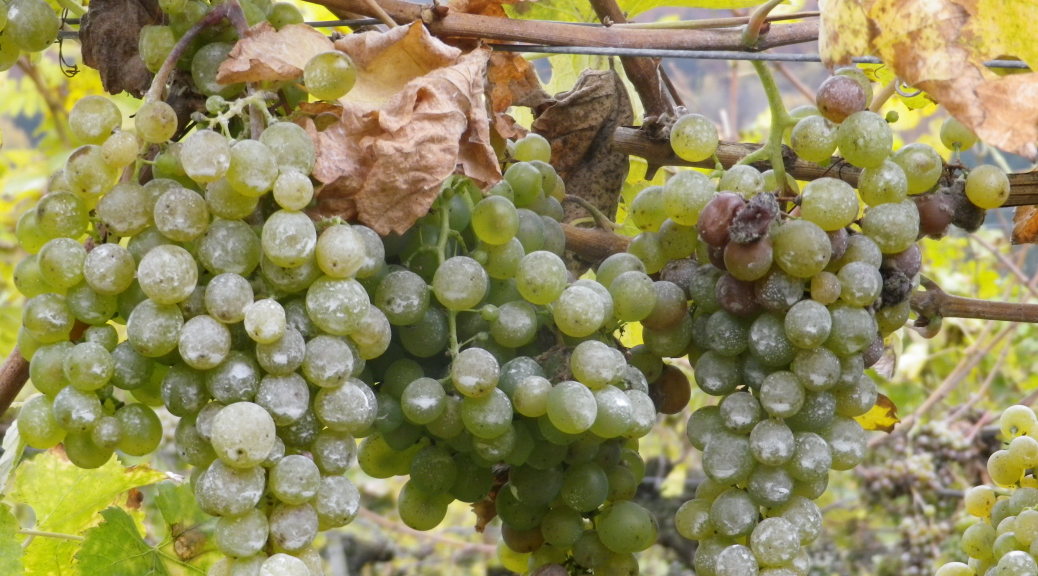What I Learned:
Austria has 20 wine regions, one of which is the Wachau, situated along the banks of the Danube, upriver from Vienna.
Wine production in the Wachau region dates to at least the 1130s.
The geography helps to make grape-growing possible. The ancient Danube River helped created the loess soils, and now serves to moderate temperatures; the bowls formed by the steep hill slopes (called Ried), shelter vines from winds and capture the sun’s heat.
Both red and white wines are produced here. A unique white varietal, the Neuburger, only arrived here in the 1860s. Legend has it that a bunch of grapes washed up on the shores of the Danube by the village of Oberarnsdorf. Other white varietals include Riesling, and Gruener Veltliner, the most renowned in this district. (It is a delicious, dry, alternative to a fine, minerally Riesling.)
Zweigelt, a cross between the Sankt Laurent and the Blaufraenkisch grapes, is a red varietal grown here. This cross produces the predominant red wine of the area.
Wines produced in this small area are uniquely labelled with one of three names to indicate the grapes’ ripeness. Steinfeder wines, named after a type of grass found in the area, have the lowest alcohol content: at most 11.5%. Federspiel wines have an alcohol content that ranges from 11.5 to 12.5%. Smaragd wines, named after the small, emerald-green lizards sometimes seen on the stones terraces, are produced from the ripest, latest harvested grapes, and have the highest alcohol content, at least 12.5% or higher.
Austrians have traditionally done well making sweet wines from grapes left on the vines well after the main harvest is over. From these grapes come the Spaetlese, the Beerenauslese, the Trockenbeerenauslese and the Eiswein wines. In this regard, these late-harvest wines are similar to German wines and their classifications for the wines of these specially harvested grapes.
The local cooperative selling a good selection of quality Wachau wines is called Domaene Wachau, on the outskirts of the historic village center of Duernstein. Additionally, many small, family wineries and their heurige (part-time taverns) may be found in the ten or so communities in the Wachau wine district.
What I Tasted:
2013 Riesling, trocken, Freie Weingaertner Wachau, Duernstein: a dry white wine with pale gold color; very dry (for a Riesling) and low acidity, with citrus and rose notes.
2013 Neuburger, Terrassen Spitz, Sommelier Edition, Domaene Wachau: a dry white wine with a light medium gold color; slight notes of walnut, with a pleasant minerality on the finish, refreshingly tart, with very mild acidity.
2013 Riesling, Smaragd, Offenberg, Johann Donabaum; a dry white wine with a dark medium gold color; minerally on the nose, earthy, citrus-like tartness on the finish, very well balanced overall.
2013 Gruener Veltliner, Federspiel, Setzberg, Helmut Donabaum; a dry white wine with medium gold color; has a slight whiff of tobacco, and tart, green apple and citrus flavors.
2013 Gruener Veltliner, Federspiel, Weingut Schneeweis; a dry white wine with light gold color; with tart citrus and fruity notes.
